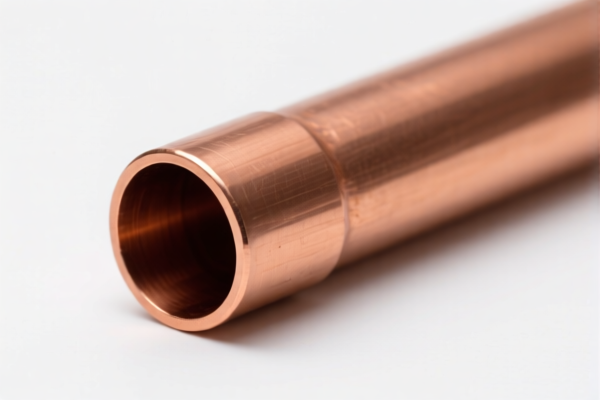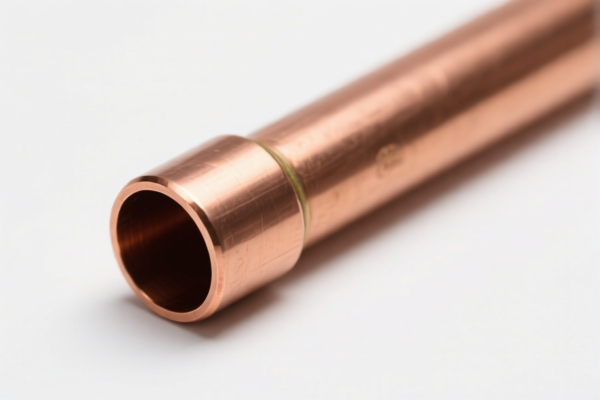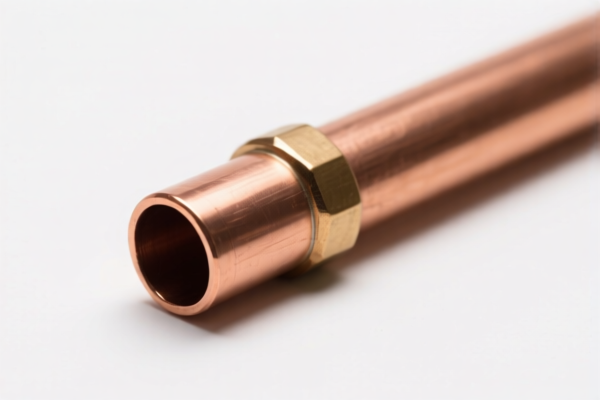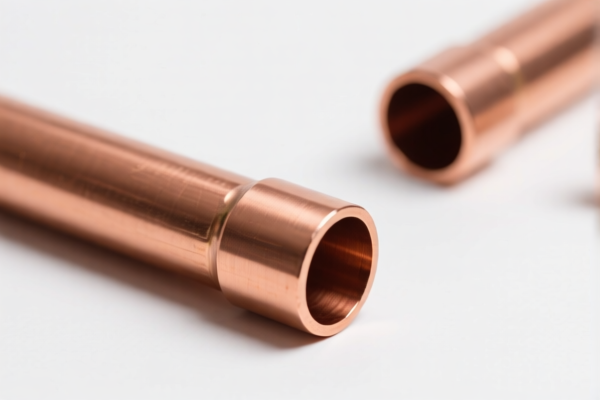| HS Code | Official Doc | Tariff Rate | Origin | Destination | Effective Date |
|---|---|---|---|---|---|
| 8544110020 | Doc | 58.5% | CN | US | 2025-05-12 |
| 8544110030 | Doc | 58.5% | CN | US | 2025-05-12 |
| 7408113000 | Doc | 56.0% | CN | US | 2025-05-12 |
| 7408116000 | Doc | 58.0% | CN | US | 2025-05-12 |




Copper Wire
Copper wire is an electrical conductor made from drawn copper metal. It is utilized in a vast array of applications due to copper’s excellent electrical conductivity, thermal conductivity, ductility, and corrosion resistance.
Material Properties
- Copper (Cu): The primary component. Typically high-purity copper is used to maximize conductivity. Common grades include oxygen-free high conductivity (OFHC) copper.
- Conductivity: Among metals, copper exhibits high electrical conductivity, ranking second to silver. This allows for efficient electron flow.
- Ductility: Copper is highly ductile, meaning it can be drawn into wires without breaking.
- Thermal Conductivity: Excellent thermal conductivity facilitates heat dissipation.
- Corrosion Resistance: Resistant to corrosion from water and many other environmental factors, enhancing longevity.
- Tensile Strength: While pure copper has moderate tensile strength, alloys can be used to increase it.
Purpose & Function
The primary function of copper wire is to transmit electrical current. It serves as a pathway for electricity to flow between components in a circuit or system.
Usage Scenarios
- Electrical Wiring: Commonly used in building wiring for power distribution, lighting, and appliance connections.
- Electronics: Essential in printed circuit boards (PCBs), connecting components in devices such as computers, smartphones, and televisions.
- Motors & Generators: Used in windings to create electromagnetic fields, enabling the conversion of electrical energy into mechanical energy (motors) and vice versa (generators).
- Telecommunications: Used in cables for signal transmission, though increasingly replaced by fiber optics in some applications.
- Power Transmission: High-voltage power lines utilize large-diameter copper wires to transmit electricity over long distances.
- Grounding: Used for grounding electrical systems to provide a safe path for fault currents.
- Heating Elements: Resistive heating elements (e.g., in toasters, hair dryers) utilize copper wire’s resistance to generate heat.
Common Types
- Solid Copper Wire: A single strand of copper metal. Common in building wiring.
- Stranded Copper Wire: Multiple thin strands of copper twisted together. More flexible than solid wire, reducing the risk of breakage from bending. Used in applications requiring movement or vibration.
- Insulated Copper Wire: Copper wire coated with an insulating material (e.g., PVC, Teflon, rubber) to prevent short circuits and protect against electrical shock. Commonly referred to as “Romex” or “THHN” wire in building applications.
- Magnet Wire (Enameled Wire): Coated with a thin layer of enamel insulation. Used in motor windings, transformers, and inductors.
- Bare Copper Wire: Uninsulated copper wire. Used for grounding, electrical busbars, and some specialized applications.
- Copper Clad Aluminum (CCA) Wire: A steel core wire clad with copper. Lower cost alternative to solid copper wire, but with lower conductivity. Often used in low-voltage applications.
- Oxygen-Free High Conductivity (OFHC) Copper Wire: Extremely pure copper wire with exceptional conductivity, used in specialized electronics and high-performance applications.
Copper wire encompasses various types based on refinement and cross-sectional dimensions. The following HS codes are relevant based on the provided information:
- 7408.11.30.00: This HS code applies to copper wire of refined copper with a maximum cross-sectional dimension exceeding 6 mm, specifically those over 9.5 mm. "74" indicates the chapter for copper and articles thereof. "08" denotes wire. "11" specifies refined copper. "30" further clarifies the dimension exceeding 9.5 mm. The basic tariff is 1.0%, with additional tariffs of 25.0% and 30.0% post-April 2, 2025, resulting in a total tariff of 56.0%.
- 7408.11.60.00: This HS code covers copper wire of refined copper with a maximum cross-sectional dimension exceeding 6 mm, but not over 9.5 mm. Similar to the previous code, "74" represents copper and articles thereof, "08" signifies wire, and "11" denotes refined copper. "60" specifies the dimension range of over 6 mm but not exceeding 9.5 mm. The basic tariff is 3.0%, with additional tariffs of 25.0% and 30.0% post-April 2, 2025, leading to a total tariff of 58.0%.
- 8544.11.00.20: This HS code applies to insulated (including enameled or anodized) winding wire of copper, 33 AWG (0.18 mm in diameter) and finer. "85" indicates electrical conductors. "44" denotes insulated wire, cable, etc. "11" specifies winding wire. "20" further clarifies the diameter of 0.18 mm. The basic tariff is 3.5%, with additional tariffs of 25.0% and 30.0% post-April 2, 2025, resulting in a total tariff of 58.5%.
- 8544.11.00.30: This HS code covers insulated (including enameled or anodized) winding wire of copper, 22 AWG (0.643 mm in diameter) and finer but larger than 33 AWG (0.18 mm in diameter). "85" indicates electrical conductors, "44" denotes insulated wire, cable, etc., and "11" specifies winding wire. "30" further clarifies the diameter range. The basic tariff is 3.5%, with additional tariffs of 25.0% and 30.0% post-April 2, 2025, resulting in a total tariff of 58.5%.
Regarding these HS codes, please note the tariff rates are subject to change, particularly the additional tariffs which will be adjusted to 30.0% after April 2, 2025. The specific application and diameter of the copper wire are crucial for accurate classification.
Customer Reviews
I was impressed with the clarity of the content. Everything I needed about HS Code 3925 and the 5% tariff was laid out neatly.
The HS code info was spot on. I was exporting to the US and needed to confirm the classification for plastic doors—this page made it simple.
Finally found a page that clearly explains the 5% tariff for plastic doors. Saved me time and hassle with customs.
The information on trade regulations was good, but I wish there were more examples of similar products. Still, it was very useful.
I was looking for info on exporting plastic doors and this page had all the details I needed. The HS code section was especially helpful.